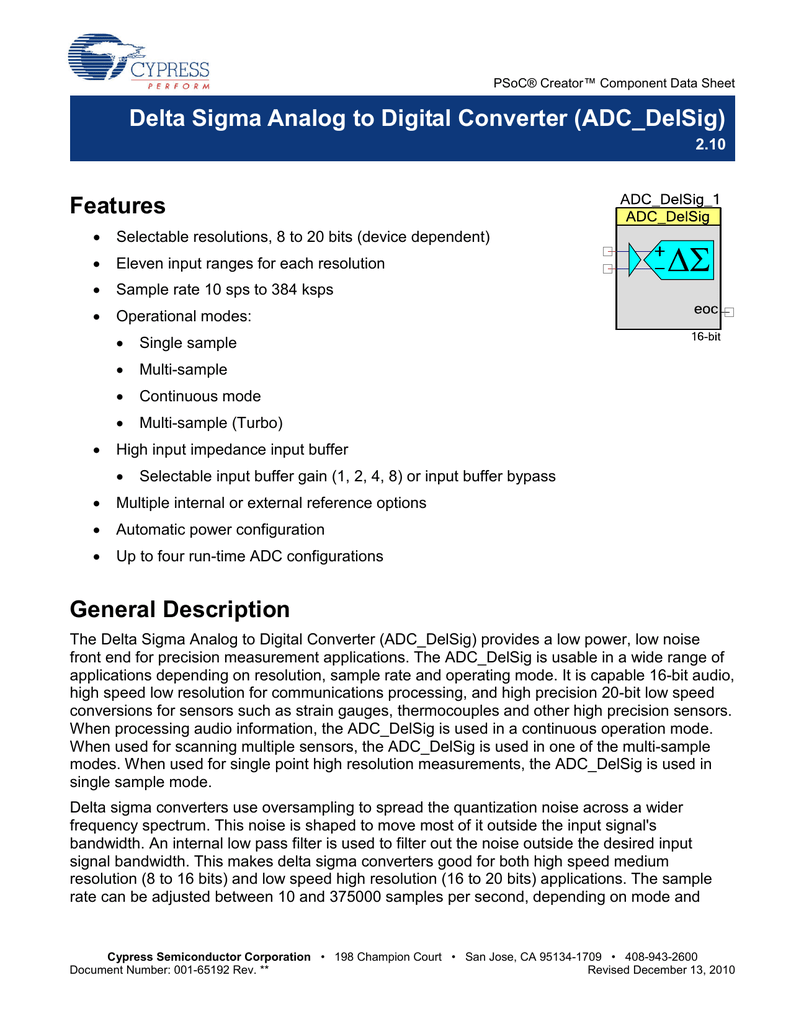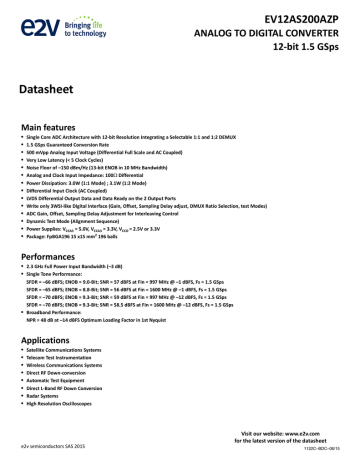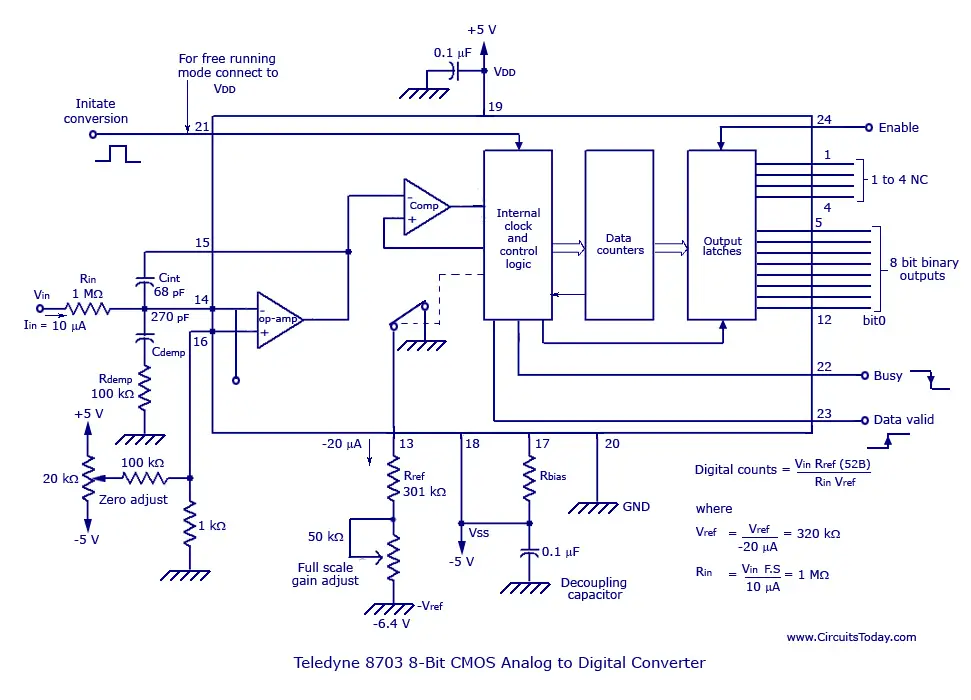

Register control is accomplished with SPIController software, which is discussed below in the Setting up the SPI Controller Software section. SPI Register 0x18 Bits can be used to program the internal reference voltage to values from 1 V to 1.4 V, in 0.1 V increments. The default value of the internal reference is 1 V. Please see Note regarding Figure 3 before proceeding. To choose the ADC's internal reference, connect Pin 3 (DUT_SENSE) to Pin 5 (GND) as shown in Figure 2. This jumper selects between internal V REF and external V REF. Remove this jumper (and optimally C302) if an external off-board clock source is used. This jumper enables the on-board crystal oscillator. Leave both P101 and P103 unjumpered if using headers P104 and P105. These jumpers determine the power source for the AD9656EBZ.Ĭonnect Pin 1 to Pin 2 on both P101 and P103 to power the ADC board from the HSC-ADC-EVALEZ through the FMC connector.Ĭonnect Pin 2 to Pin 3 on both P101 and P103 to power the ADC board from the wall supply connected to P102. Analog Devices evaluation boards typically can accept ~2.8V p-p or 13 dBm sine wave input for the clock at the board SMA clock connector.
ANALOG TO DIGITAL CONVERTER DATA SHEET GENERATOR
If an external clock source is used instead of the onboard crystal oscillator, it should also be supplied with a clean signal generator as previously specified for the analog input signals. If an external clock source is desired, remove C302 (optionally) and Jumper J304 to disable the oscillator from running and connect the external clock source to the SMA connector, J302 (labeled CLOCK+). The AD9656EBZ board is set up to be clocked through the transformer-coupled input network from the 125MHz crystal oscillator, Y801. When using the internal divider and a higher input clock frequency, remove CR301 to preserve the slew rate of the clock signal. The AD9656 ADC is equipped with an internal clock divider (programmable divide ratios of 1 through 8) to facilitate usage with higher frequency clocks. The transformer converts the single-ended input to a differential signal that is clipped by CR301 before entering the ADC clock inputs. The external clock input (J302) is 50 Ω terminated and ac-coupled to handle single-ended sinusoidal inputs.

The default clock input circuit is derived from an on-board 125MHz crystal oscillator feeding through a transformer-coupled circuit using a high bandwidth 1:1 impedance ratio transformer (T302) that adds negligible jitter to the clock path. Although the voltage requirements are the same for these three, it is recommended that separate supplies be used for each of these.Ī 3.3V, 0.5A supply is needed for 3.3V_DIG, which is used to power additional on board circuitry.

A 1.8V, 0.5A supply is needed for 1.8V_DUT_AVDD, 1.8V_DRVDD and 1.8V_DVDD. E110, E111, E112 and E113 need to be populated to connect P104 and P105 to the board power domains. P104 and P105 headers can be installed to facilitate connection of external bench supplies to the board. Note that in some board configurations some of these might already be uninstalled. To do this, remove the E104, E105, E106, and E108 ferrite beads to disconnect the on-board LDOs from the power planes. The 6V supply is fused and conditioned on the PCB before connecting to the low dropout linear regulators that supply the proper bias to each of the various sections on the board.Īlso, the evaluation board can be powered in a nondefault condition using external bench power supplies. The output from the supply is provided through a 2.1mm inner diameter jack that connects to the printed circuit board (PCB) at P102.

Connect the supply to a 100V ac to 240V ac, 47Hz to 63Hz wall outlet. For this mode, P101 and P103 both need to have pin 2 tied to pin 3. When changing the configuration of P101 and P103, please remove both jumpers and then place them in their desired positions.Īlternatively, the AD9656EBZ can obtain its power from the wall-mountable 6V, 2A switching power supply. If P101 and P103 have pin 1 jumpered to pin 2, do not connect the supplied 6V wall supply to the AD9656 evaluation board. P101 and P103 both need to have pin 1 tied to pin 2 for obtaining board power through the FMC connector from the HSC-ADC-EVALEZ capture board. The AD9656EBZ can obtain its power from the HSC-ADC-EVALEZ through the FMC connector.


 0 kommentar(er)
0 kommentar(er)
